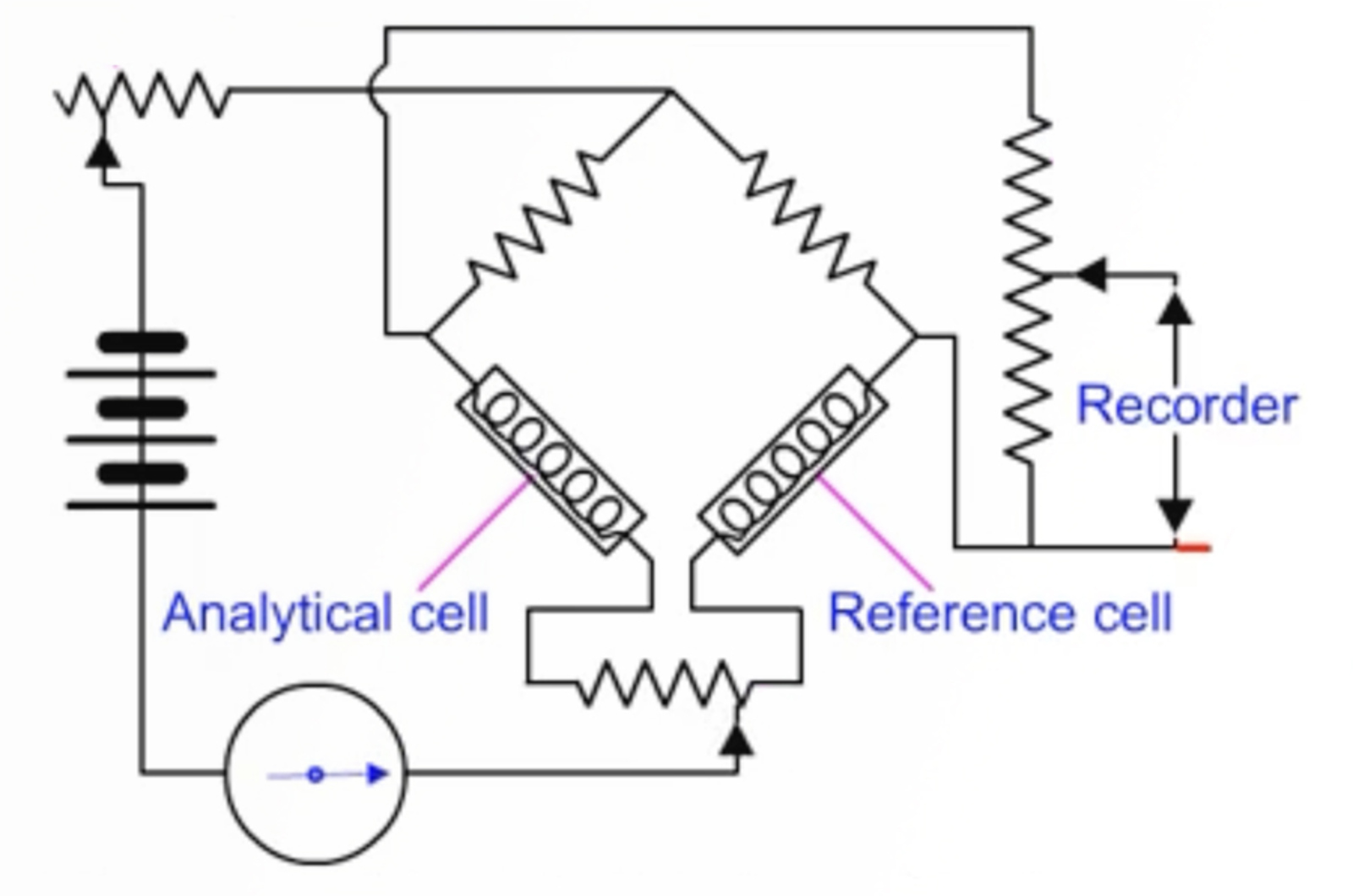CHROMtalks - Detecting It All - Keeping Your Response Consistent with Common GC Detectors
Gas chromatography (GC) is an established technique for the identification and quantification of analytes of interest. One of the strongest advantages of GC is the variety of common detectors that can be coupled to the chromatographic system. These detectors include the flame ionization detector (FID), nitrogen phosphorus detector (NPD), electron capture detector (ECD), thermal conductivity detector (TCD), flame photometric detector (FPD), photoionization detector (PID), and the mass spectrometer (MS). Each of these detectors has a unique operational mechanism that yields specific selectivity and sensitivity, making the variety of analytes that can be measured using GC very broad. Likewise, they can generate linear responses under gas and temperature interface conditions common to GC. With the strength of the variety of detectors comes the need to understand their operation and their nuances. This presentation will discuss the features of common GC detectors and troubleshooting chromatographic results where the GC detector might be the problem.

